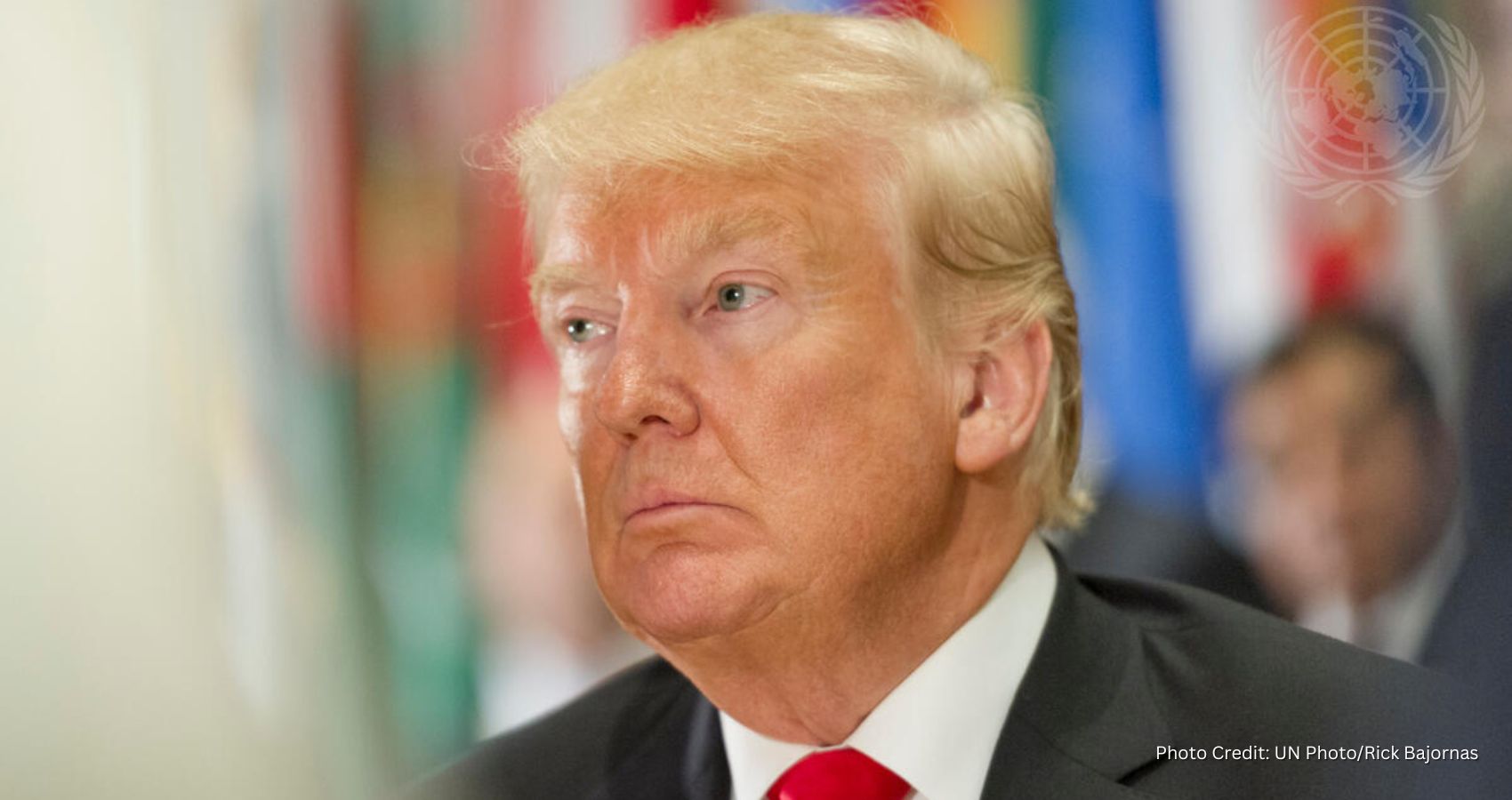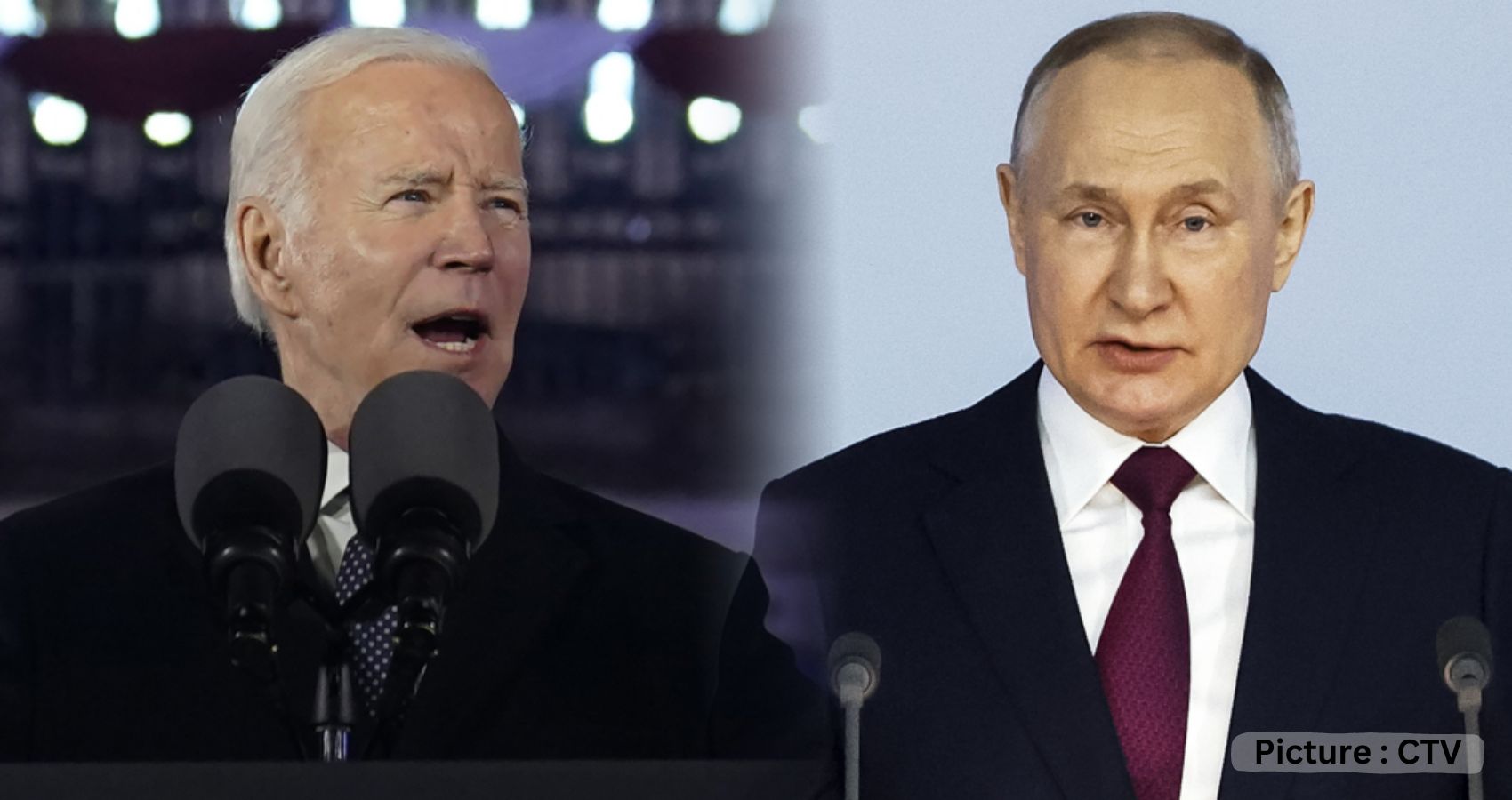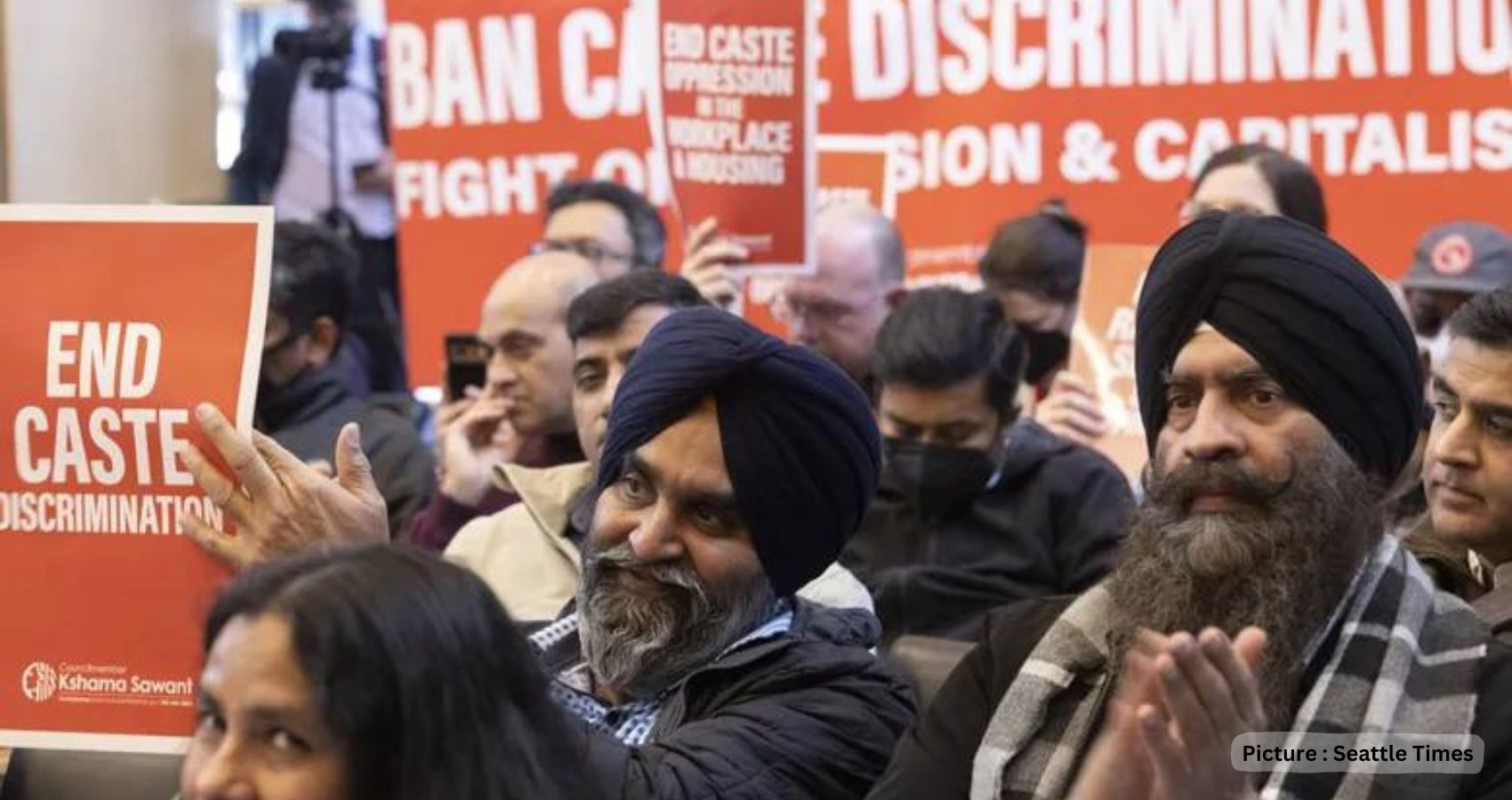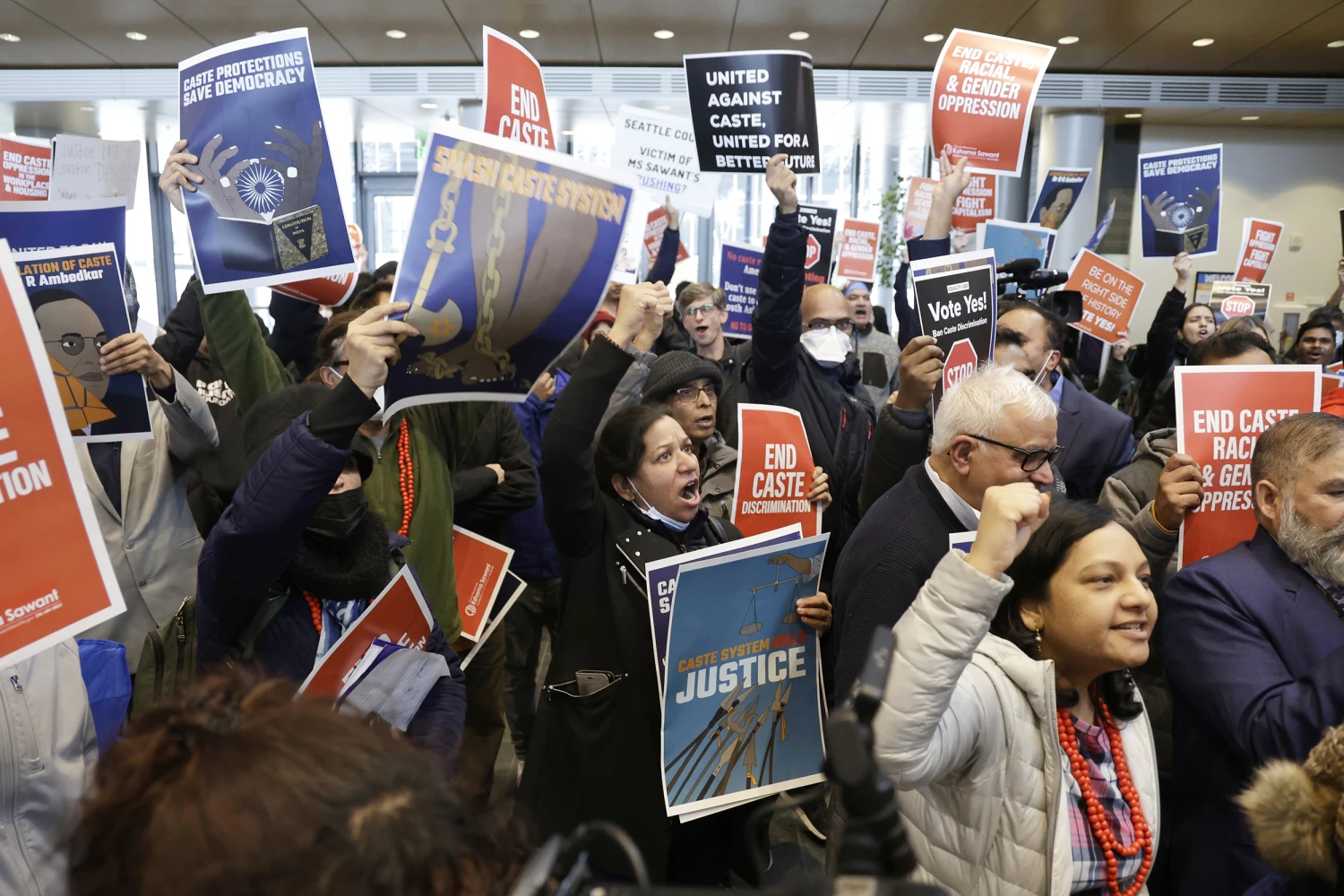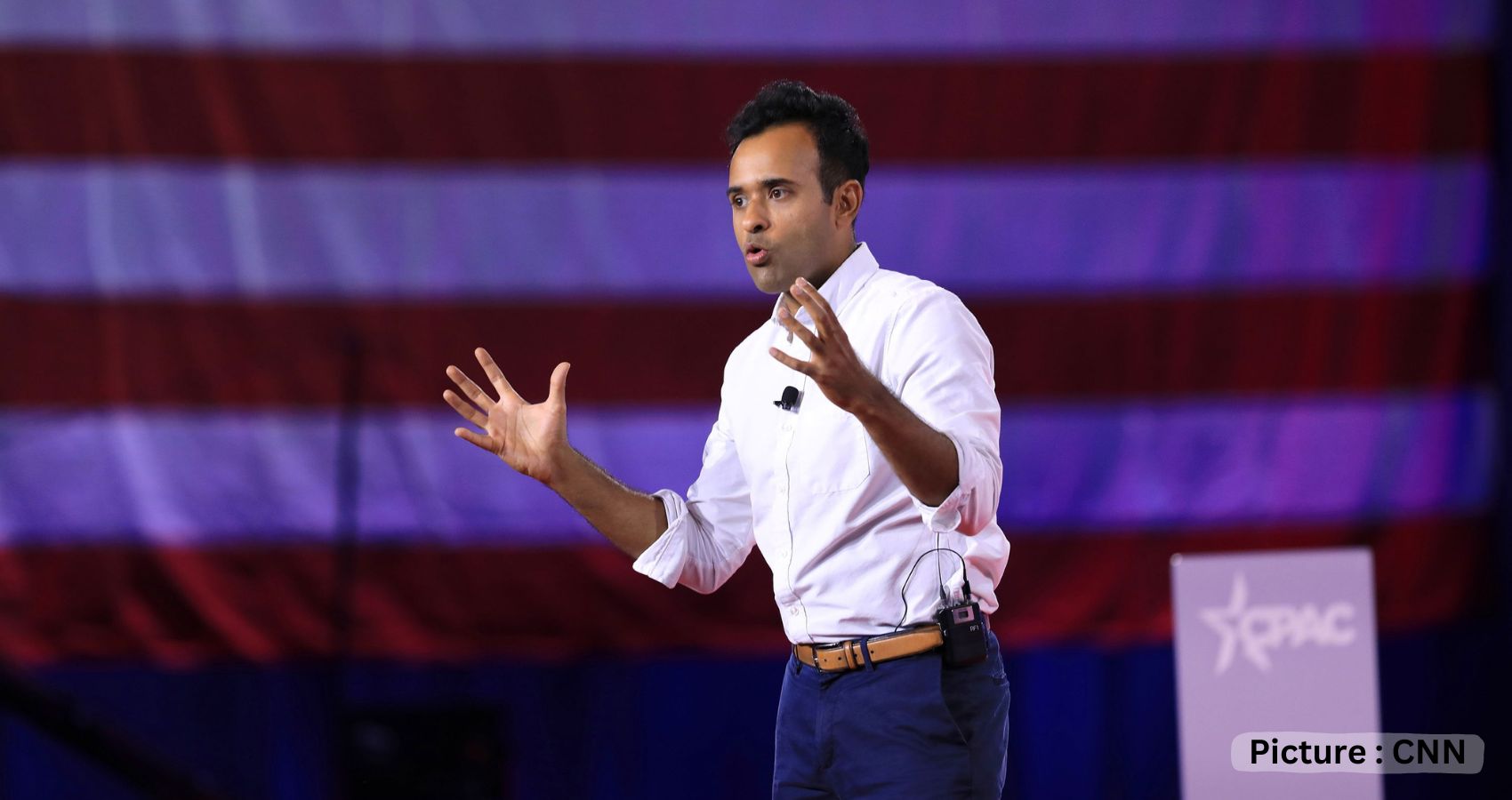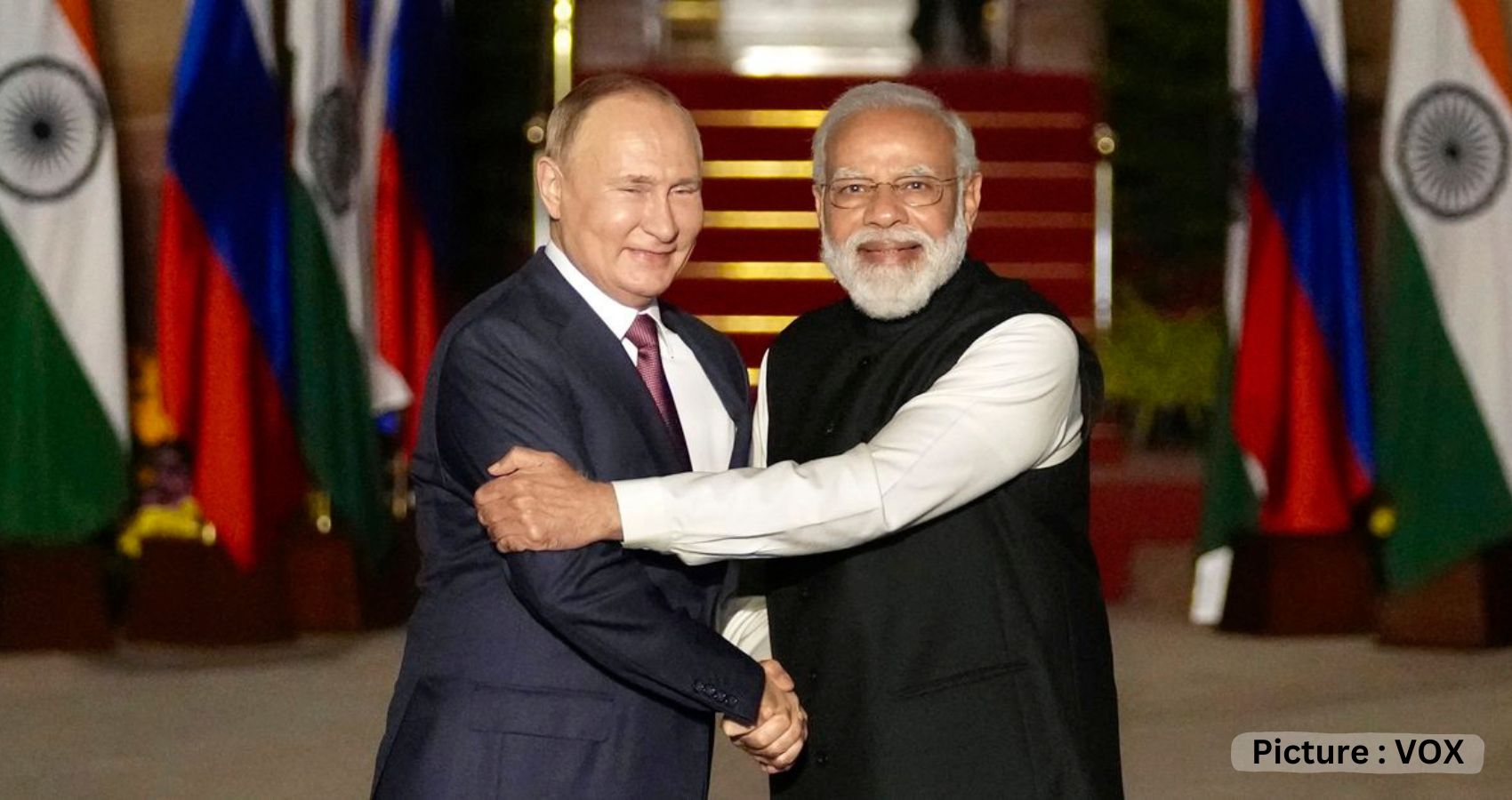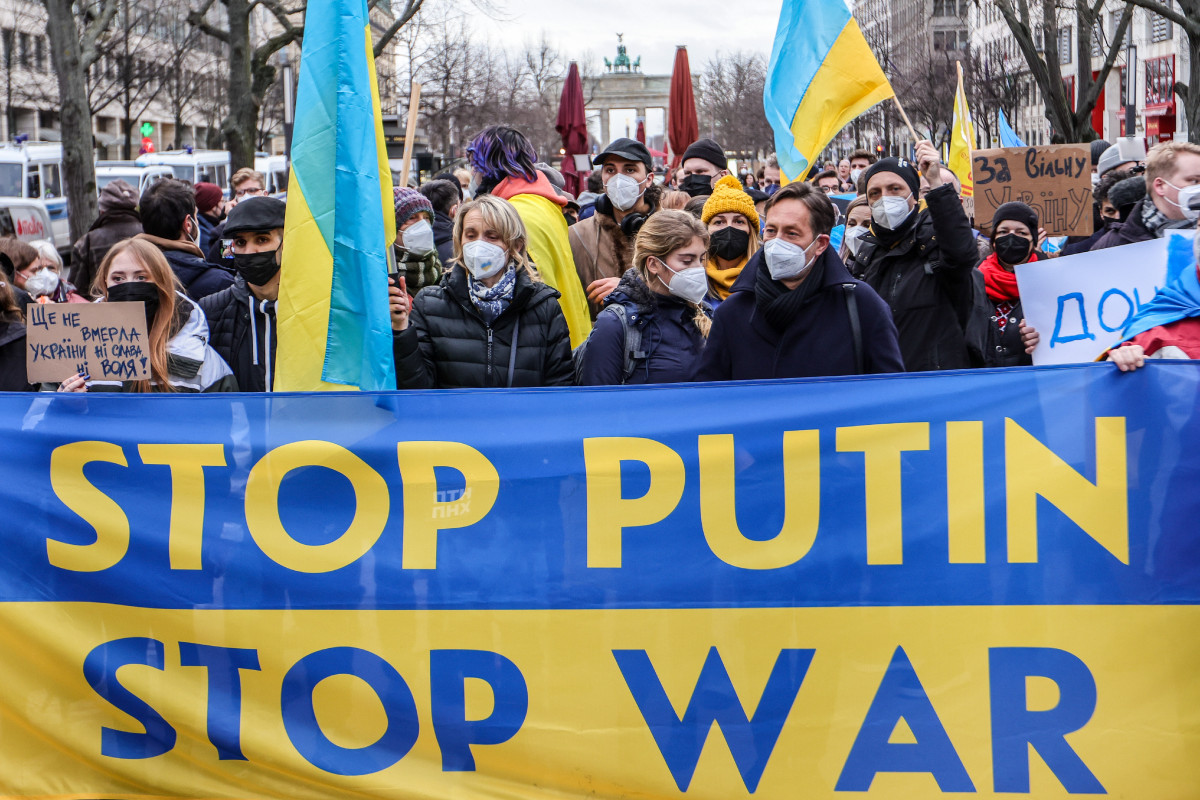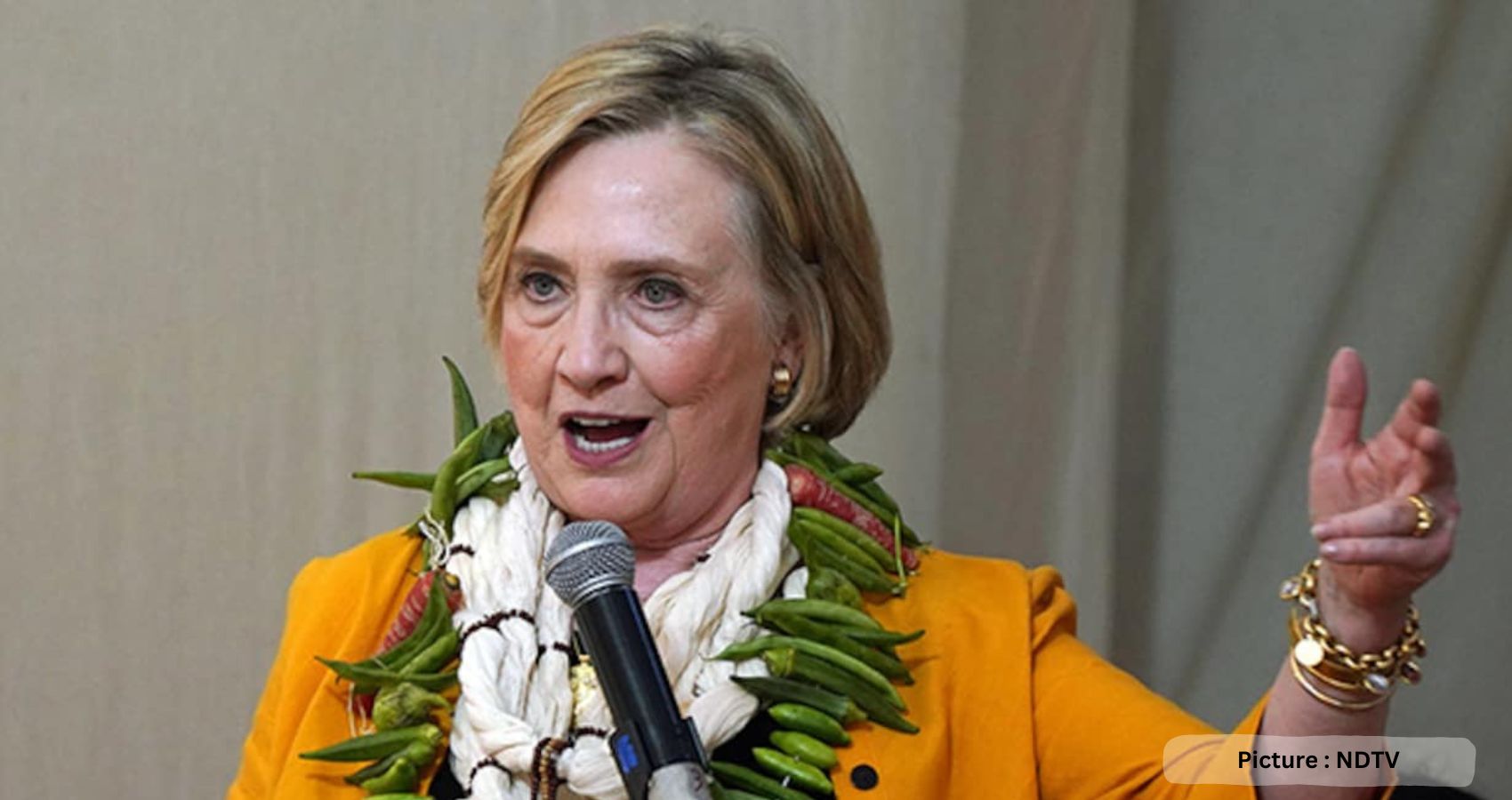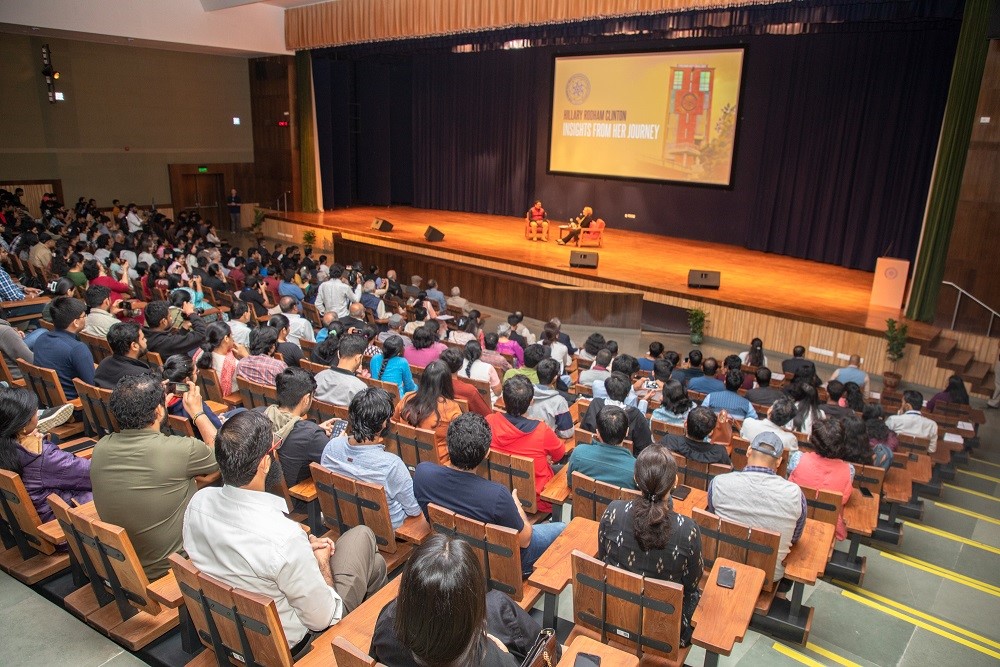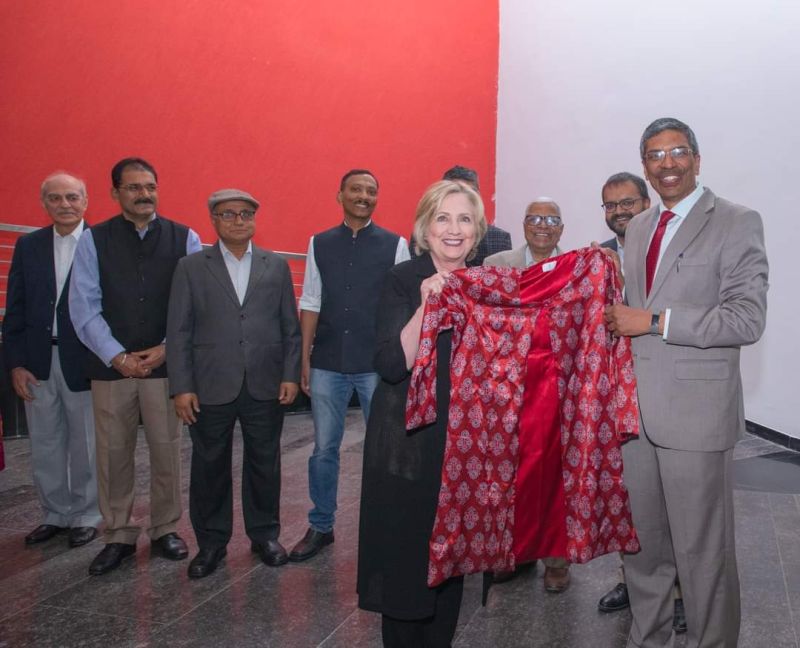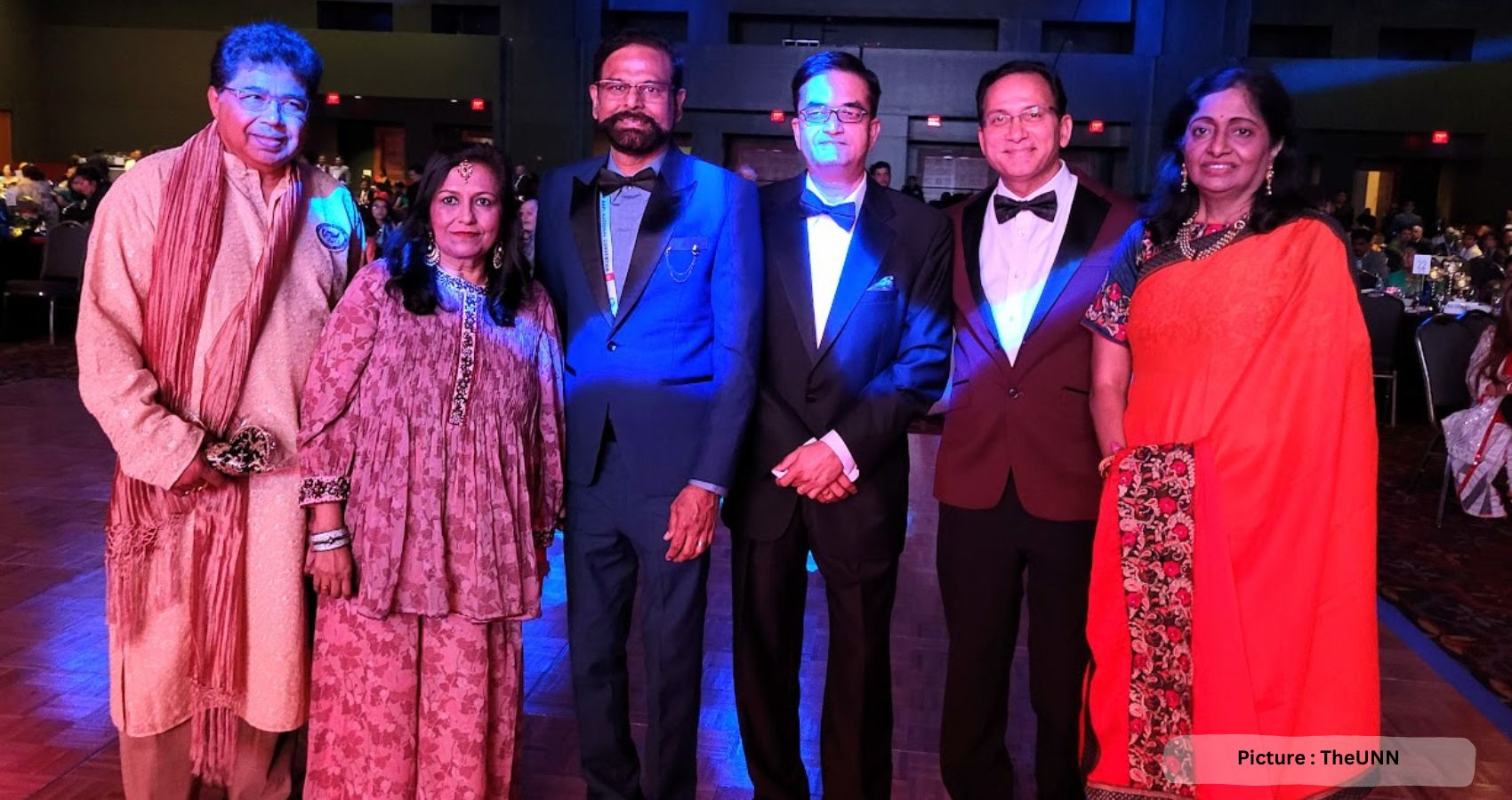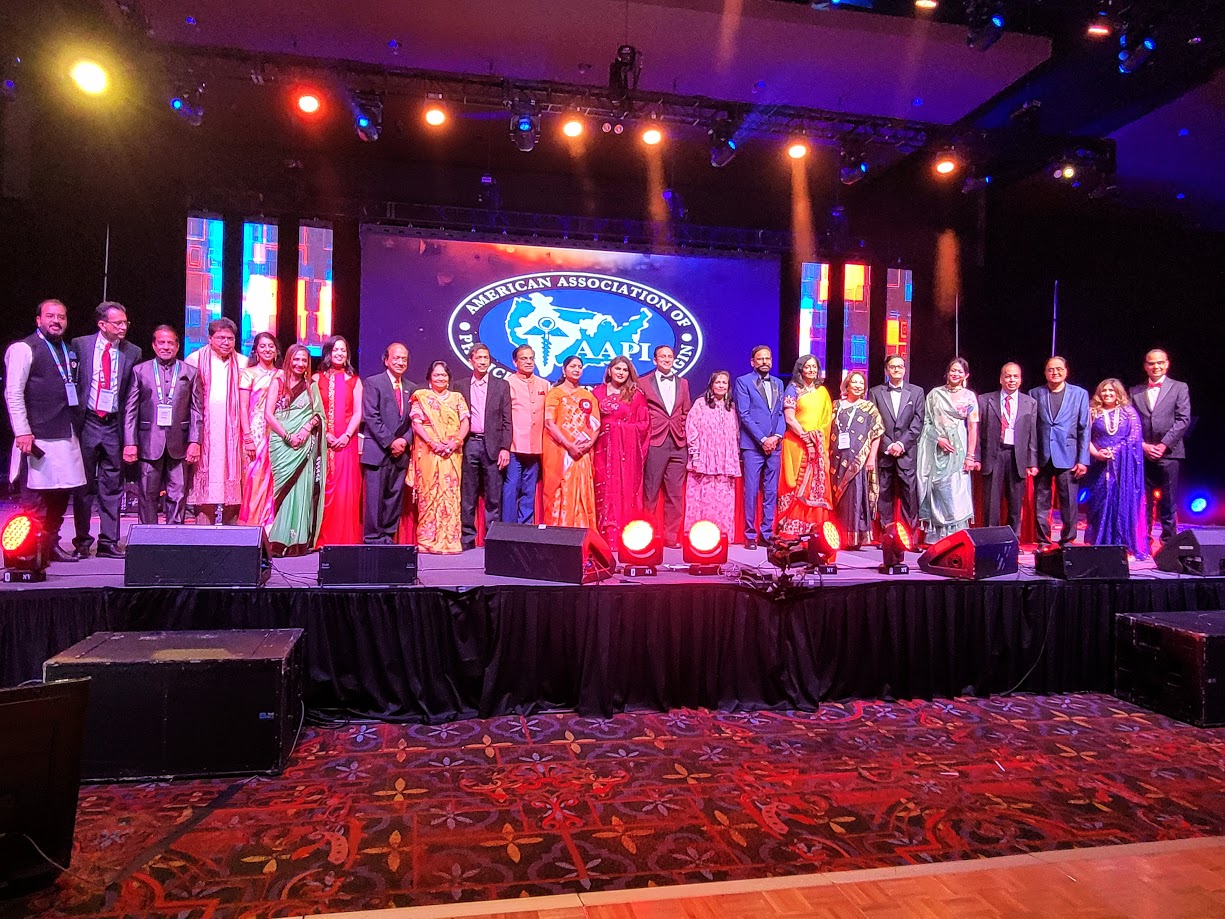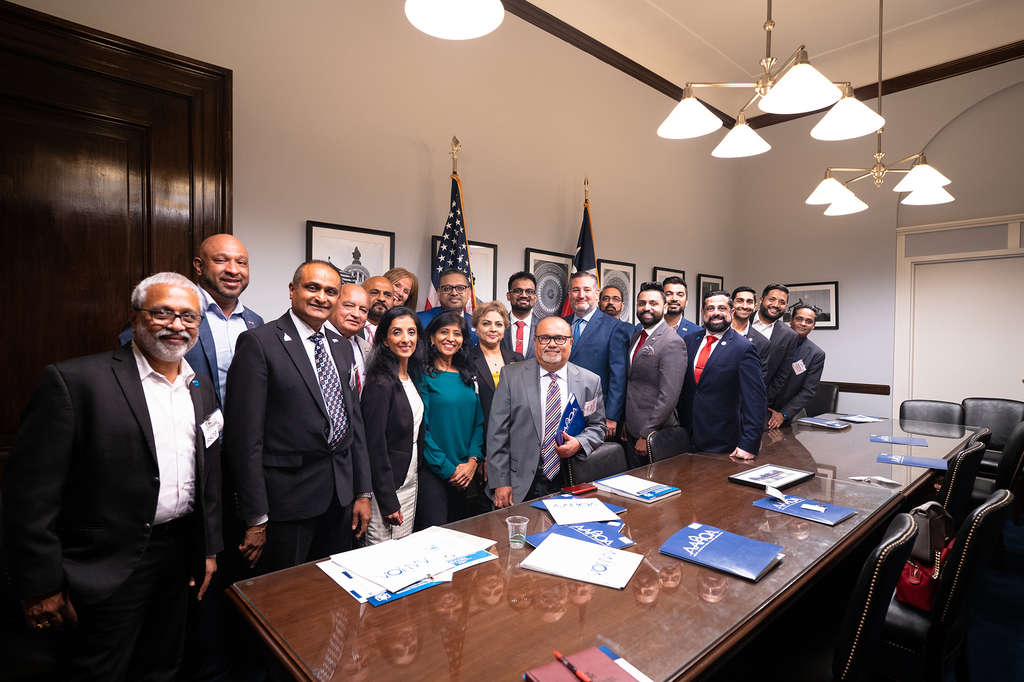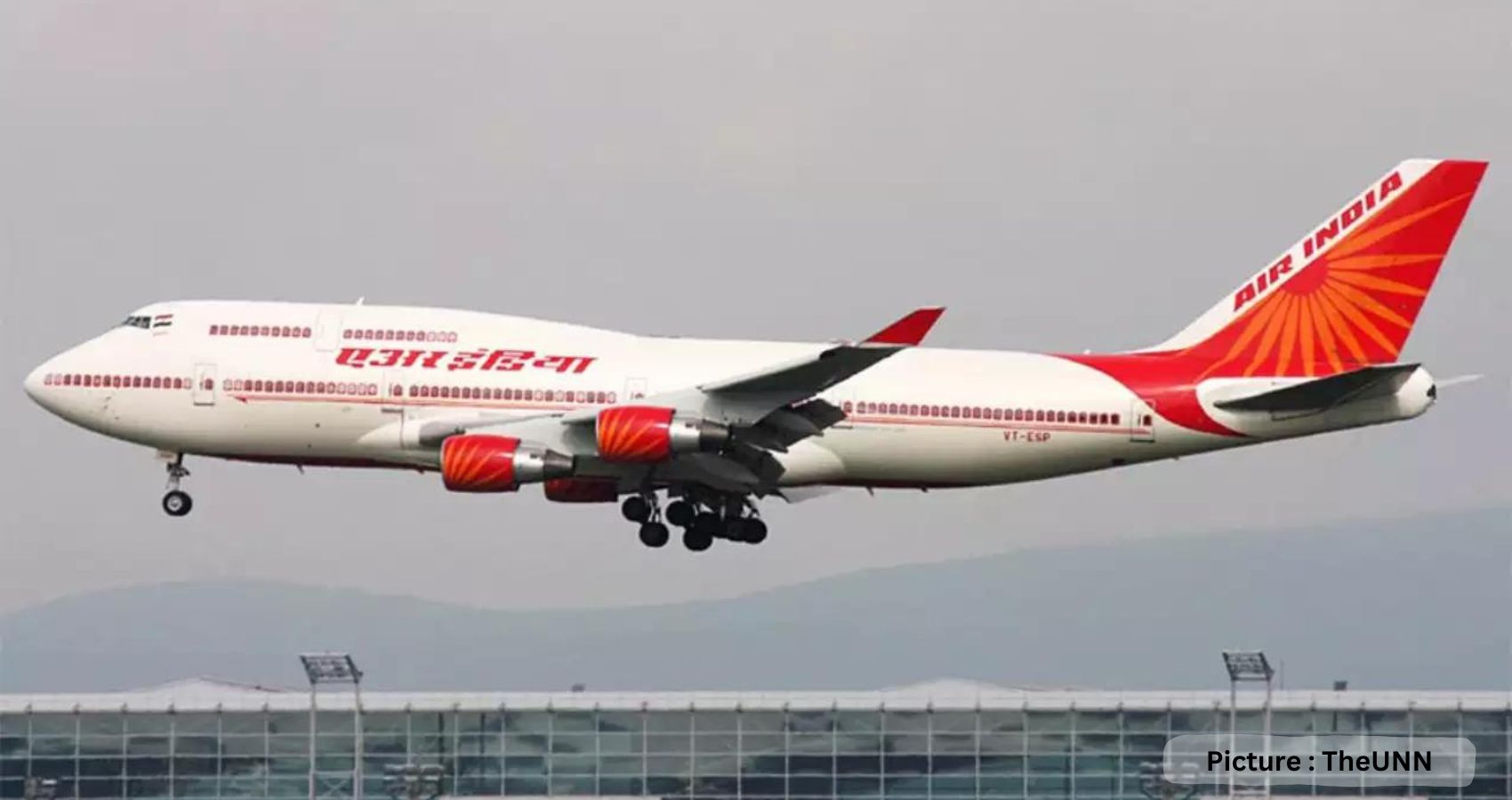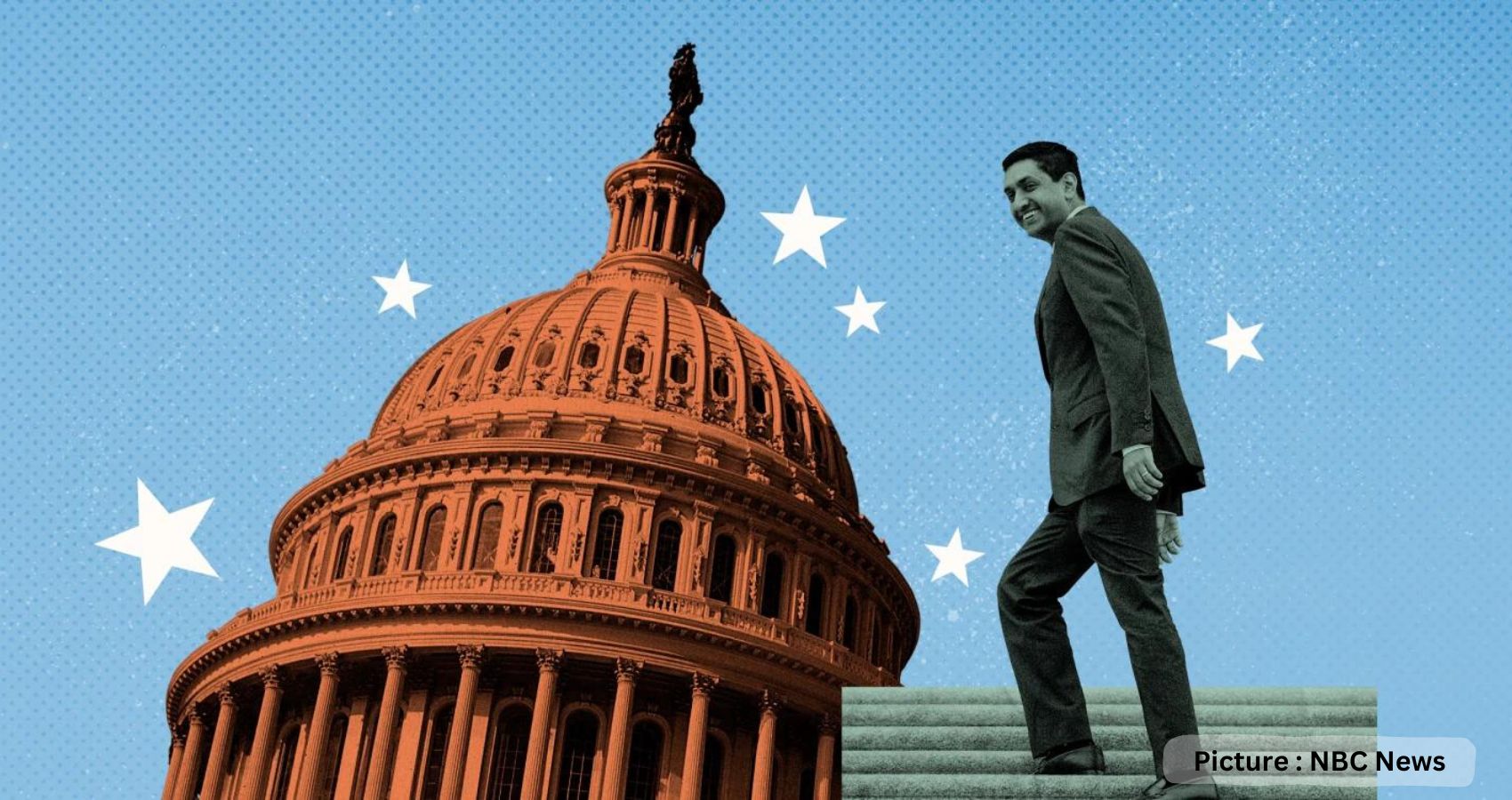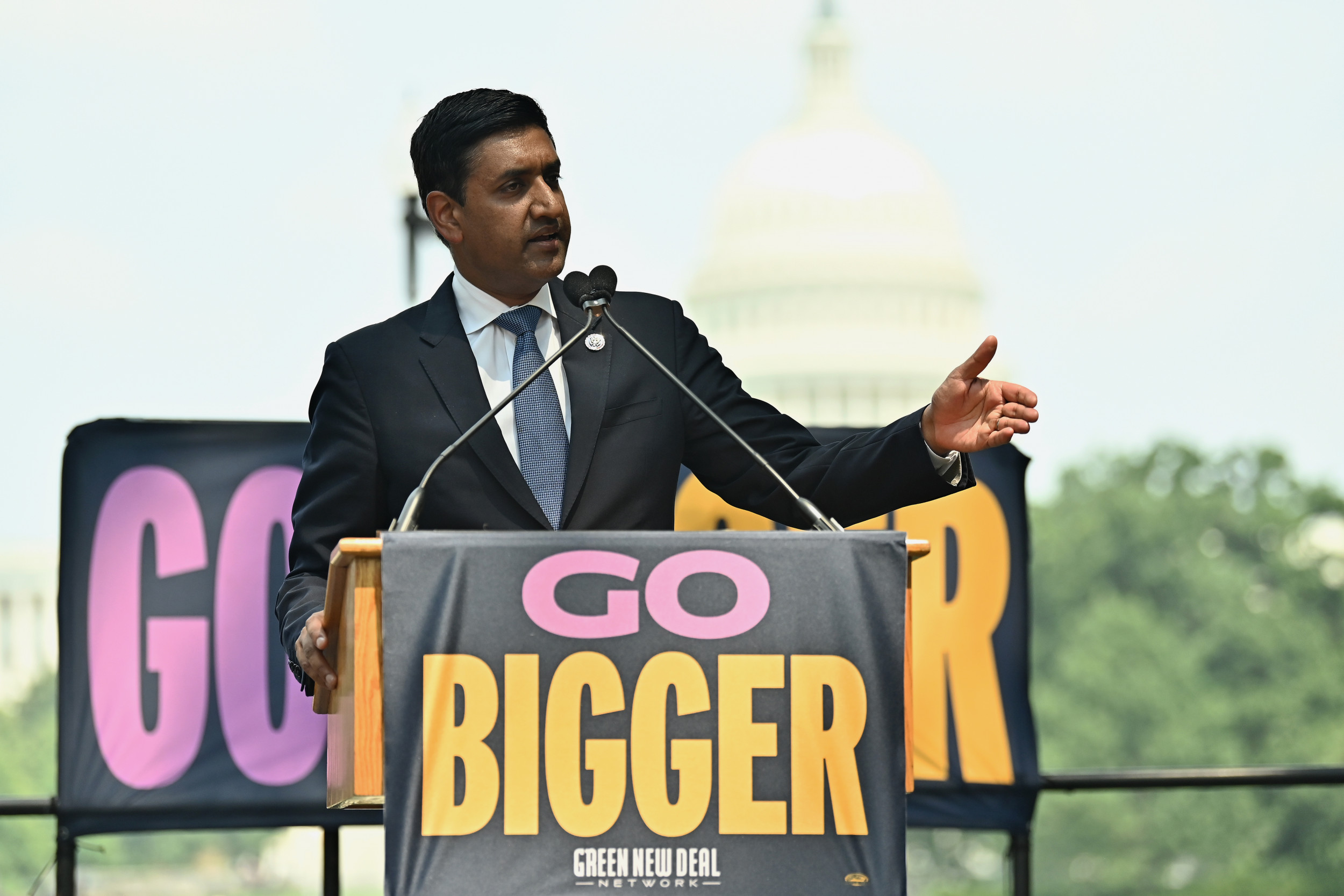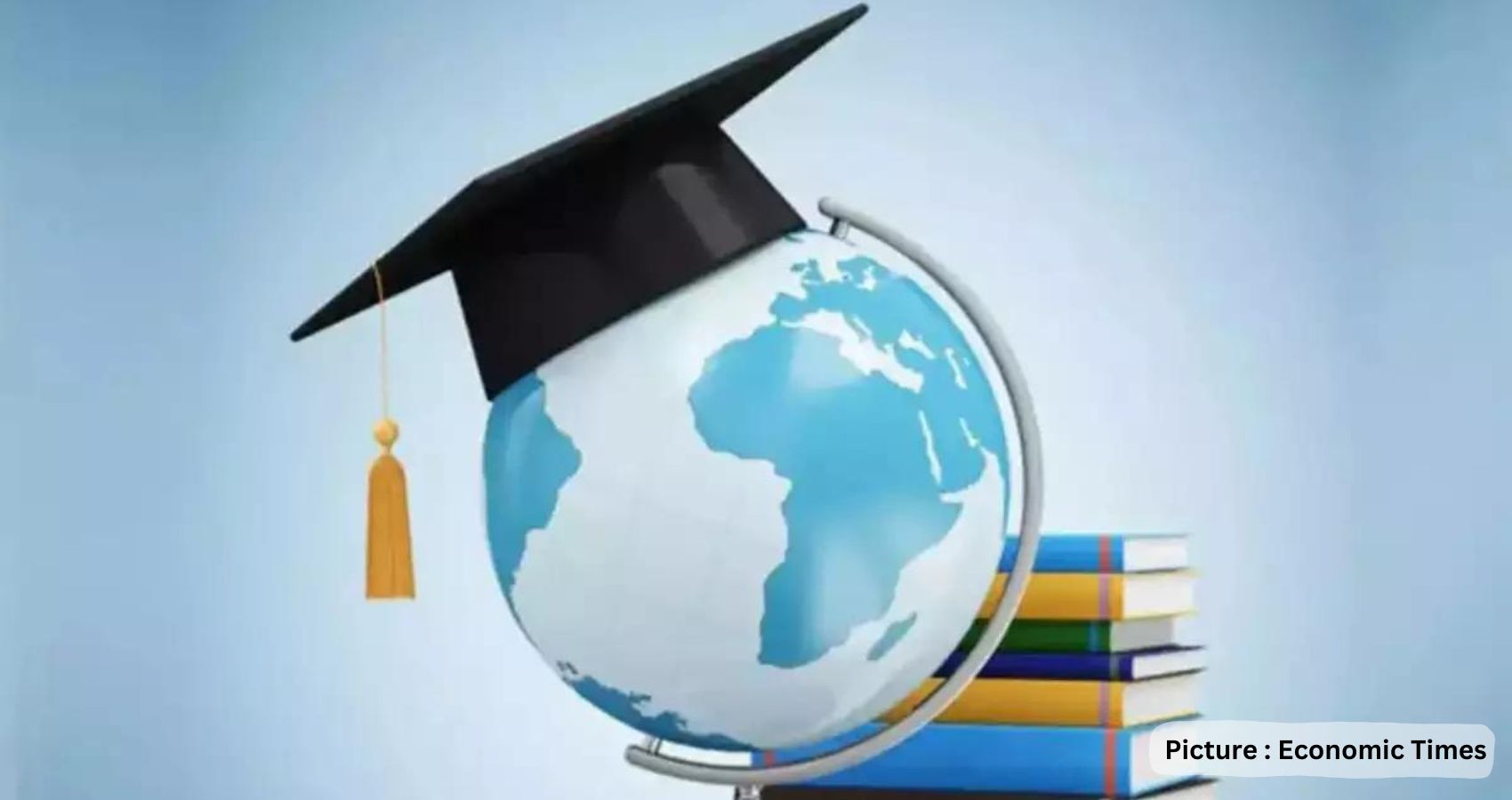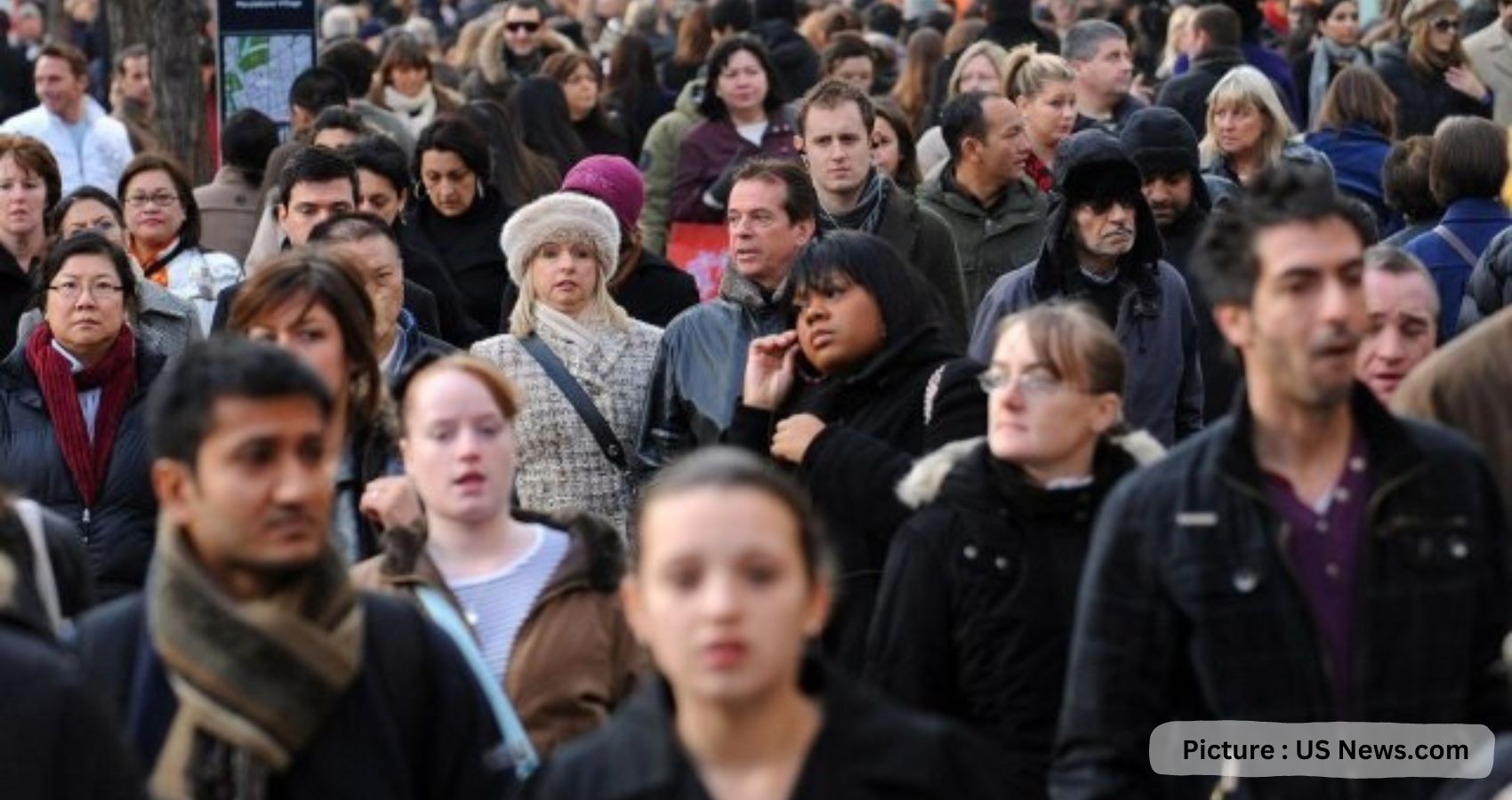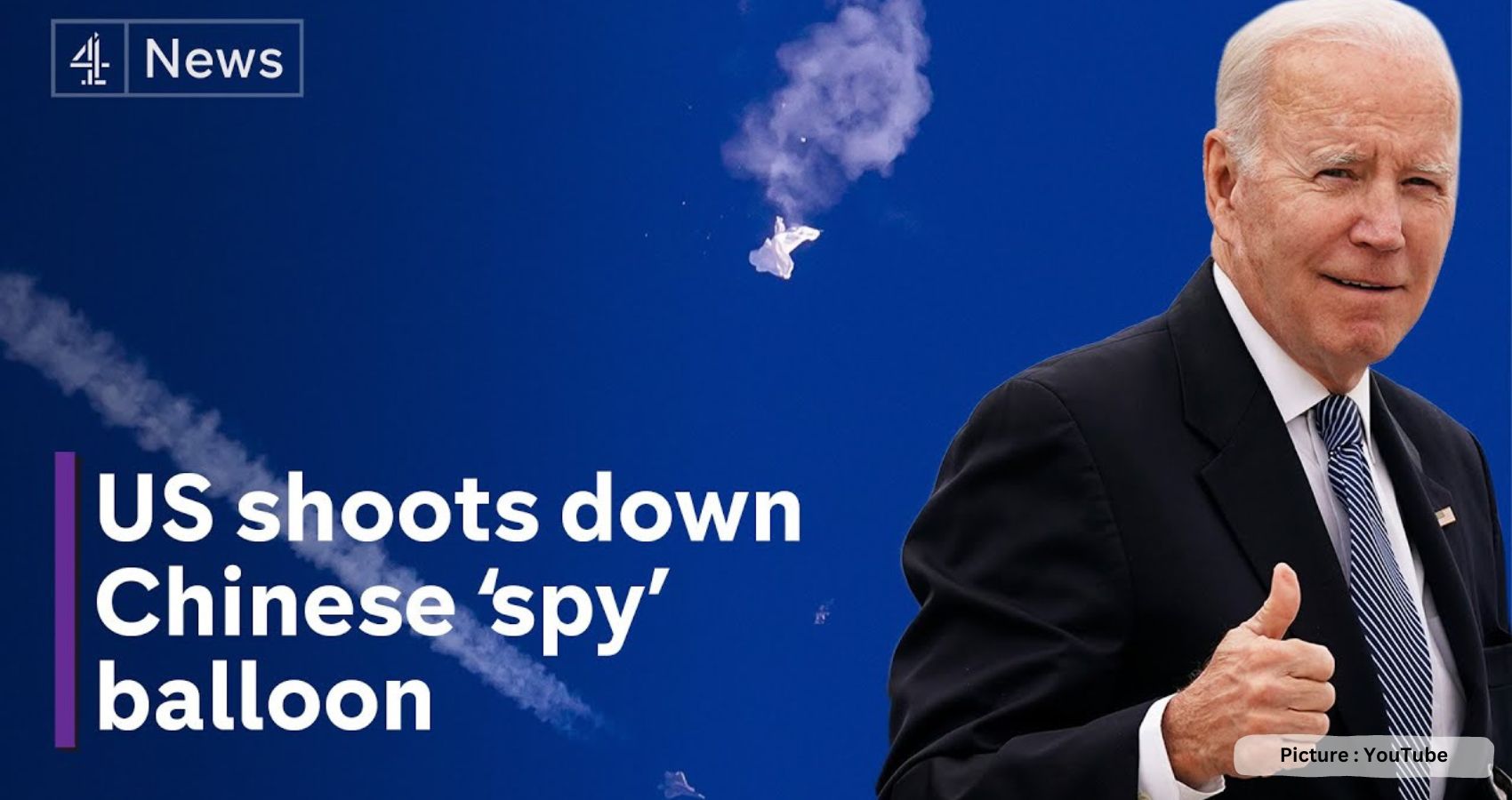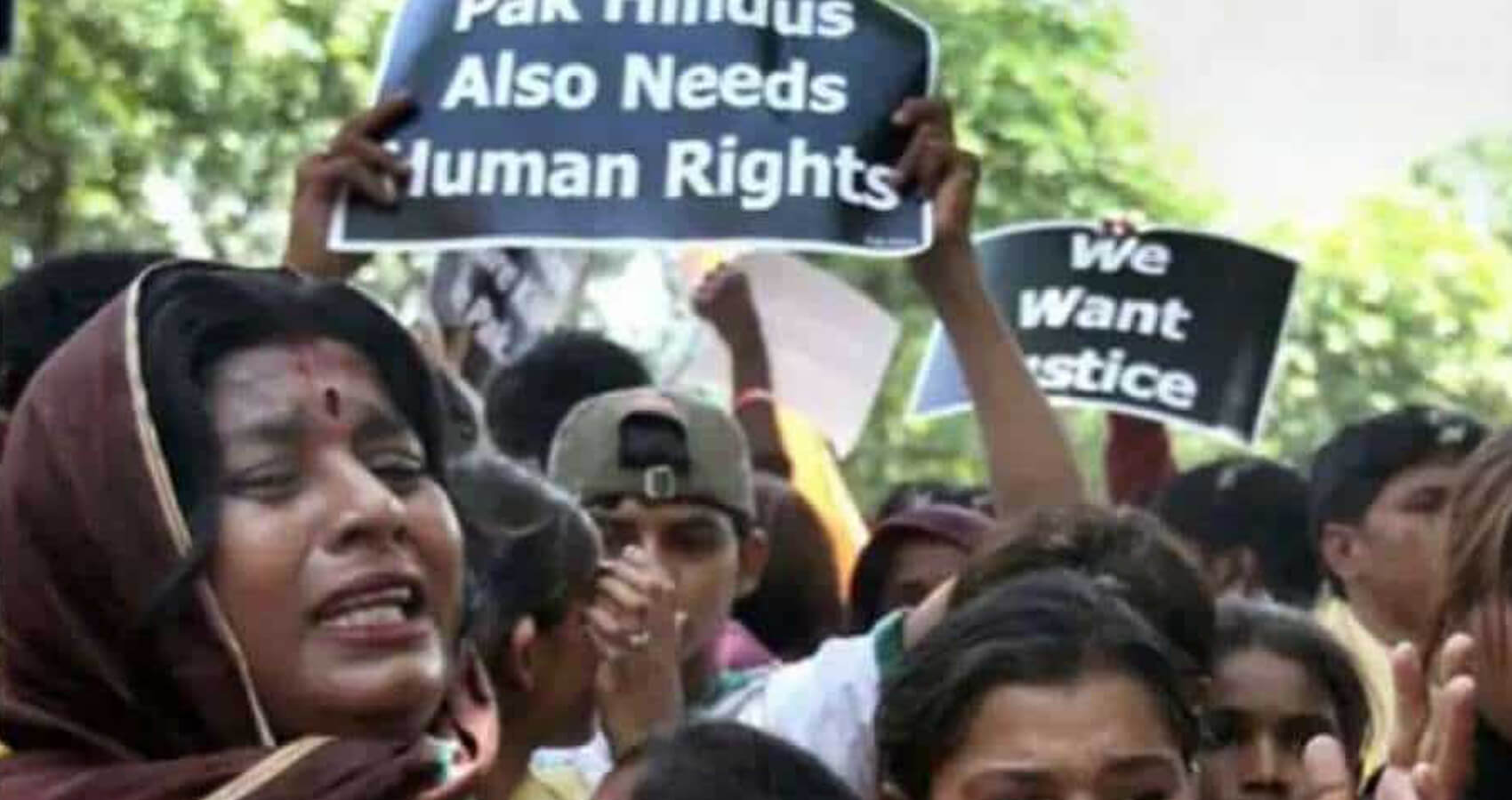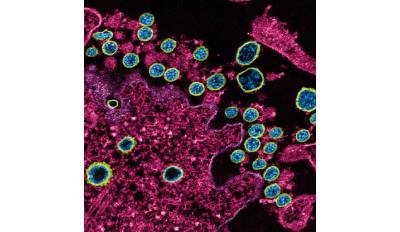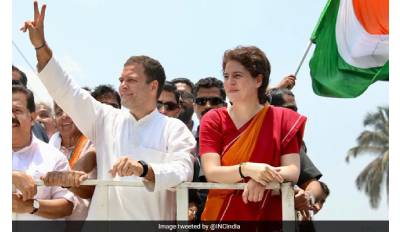A New York jury on Thursday found Donald Trump guilty on all 34 felony counts of falsifying business records — the first time a former U.S. president has been convicted of a crime.
The jury reached its verdict in the historic case after 9.5 hours of deliberations, which began Wednesday.
He’ll be sentenced on July 11, four days before the Republican National Convention. He faces penalties ranging from a fine to four years in prison on each count, although it’s expected he would be sentenced for the offenses concurrently, and not consecutively.
“This was a disgrace. This was a rigged trial by a conflicted judge who was corrupt,” he fumed to reporters afterward.
The verdict was read in the Manhattan courtroom where Trump has been on trial since April 15. He had pleaded not guilty to 34 counts of falsifying business records related to a hush money payment made by his former lawyer Michael Cohen to adult film star Stormy Daniels in the final weeks of the 2016 presidential election.
The judge thanked the jurors for their service in the weeks-long trial. “You gave this matter the attention it deserved, and I want to thank you for that,” Judge Juan Merchan told them. Trump appeared to be scowling at the jurors as they walked by him on their way out of the courtroom.
Trump’s attorney Todd Blanche made a motion for acquittal after the jury left the room, which the judge denied.
The conviction comes as Trump is the presumptive Republican nominee for president. He immediately set out fundraising off the news, posting on his website that he’s “a political prisoner” and urging his followers to give money.
Legal experts have told NBC News that even if Trump is sentenced to time behind bars, he’d most likely be allowed to remain out of jail while he appeals the verdict, a process that could take months or more. That means the sentence would most likely not interfere with his ability to accept the Republican nomination for president at the July convention.
President Joe Biden’s campaign praised the verdict in a statement, but stressed that Trump needs to be defeated in November.
“In New York today, we saw that no one is above the law,” the campaign’s communications director Michael Tyler said, but the “verdict does not change the fact that the American people face a simple reality. There is still only one way to keep Donald Trump out of the Oval Office: at the ballot box.”
In his closing argument earlier this week, prosecutor Joshua Steinglass told the jury that “the law is the law and it applies to everyone equally. There is no special standard for this defendant.”
“You, the jury, have the ability to hold the defendant accountable,” Steinglass said.
Trump had maintained the Manhattan District Attorney Alvin Bragg’s office had no case and that there had been no crime. “President Trump is innocent. He did not commit any crimes,” Blanche said in his closing statement, arguing the payments to Cohen were legitimate.
Prosecutors said the disguised payment to Cohen was part of a “planned, coordinated long-running conspiracy to influence the 2016 election, to help Donald Trump get elected through illegal expenditures, to silence people who had something bad to say about his behavior, using doctored corporate records and bank forms to conceal those payments along the way.”
“It was election fraud. Pure and simple,” prosecutor Matthew Colangelo said in his opening statement.
While Trump was not charged with conspiracy, prosecutors argued he caused the records to be falsified because he was trying to cover up a violation of state election law- and falsifying business records with the intent to cover another crime raises the offense from a misdemeanor to a felony.

